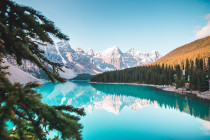 WeatherSunshine.com - Articles - The Great Barrier Reef is threatened by heat and storms
WeatherSunshine.com - Articles - The Great Barrier Reef is threatened by heat and storms
The Great Barrier Reef is threatened by heat and storms
11/19/24
The Great Barrier Reef is currently experiencing the highest level of coral mortality in recent years. Extremely hot weather and many storms took their infamous toll on the corals in the northern part of the world's largest living structure. Up to 72 percent dead coral was found on some parts of the reef.
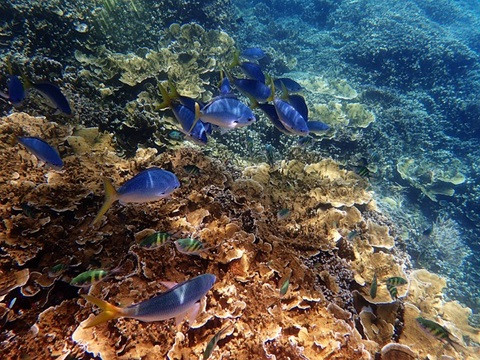
Photo:Pixabay
According to the Australian Institute of Marine Science two cyclones and flooding have caused mass bleaching. The survey covered nineteen reefs between Lizard Island and Cardwell from August to October and revealed 72% mortality on twelve reefs.
In one northern section of reef across the Cooktown-Lizard Island sector more than a third of the hard coral cover has been lost, the largest decline in 39 years of monitoring. Scientists say that hot weather and tropical cyclones Jasper and Kirrily are behind the dramatic decline.
Scientists are still collecting data on the condition of the southern part of the Great Barrier Reef. The results indicate a great vulnerability of the reef to bleaching events the frequency and intensity of which is increasing due to climate change.
The Great Barrier Reef stretches 2,300 kilometers off the northeast coast of Australia and is considered one of the richest habitats on Earth. It is home to several hundred corals, 1,600 species of fish, 133 species of sharks and rays, including thirty species of whales and dolphins.
Coral bleaching occurs when the water temperature rises and the coral expels microscopic algae known as zooxanthellae in order to survive. If high temperatures persist for a long time corals die.
This year is confirmed as the fifth mass bleaching in the last eight years. The fast-growing Acropora coral suffered the highest mortality this year. This fact reinforces the need for Australia to become carbon neutral as soon as possible. The plan is to reduce emissions by at least 90 percent below 2005 levels by 2035. Richard Leck head of oceans for the World Wide Fund for Nature said we are fast approaching a tipping point. The Great Barrier Reef can heal but its resilience has limits.
Other articles

Researchers recently analyzed the Lafayette meteorite and found that it was once exposed to liquid water during its... more

Microplastics affecting cloud formation
Microplastics have already been found in all the most primitive environments on Earth. From the depths of the Mariana... more

Photo gallery of natural landscapes
Fourteen photos of natural landscapes that you can use as your desktop background. more

The Philippines has been hit by five powerful storms in the past month alone causing massive damage. It's further... more
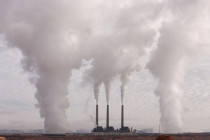
The European Commissioner for Climate and Clean Economy, despite the great pressure from car companies and... more
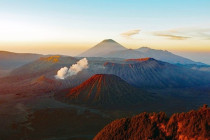
The Lewotobi Laki Laki volcano erupted on the island of Flores in eastern Indonesia. Farmers who cultivate the... more

The five largest deserts in the world
In the following article we will introduce the five largest deserts in the world. Many people imagine deserts as... more
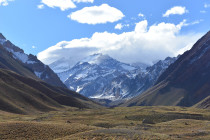
Photo gallery of mountains
Fourteen themed photos that you can use as your desktop background. more

Super typhoon Kong-rey hits Taiwan
Taiwan was recently hit by Super Typhoon Kong-rey which will go down in history as one of the strongest in recent... more

Southeast Spain is plagued by floods
Torrential rains surprised thousands of residents of southeastern Spain. A year's worth of rainfall fell in some... more














